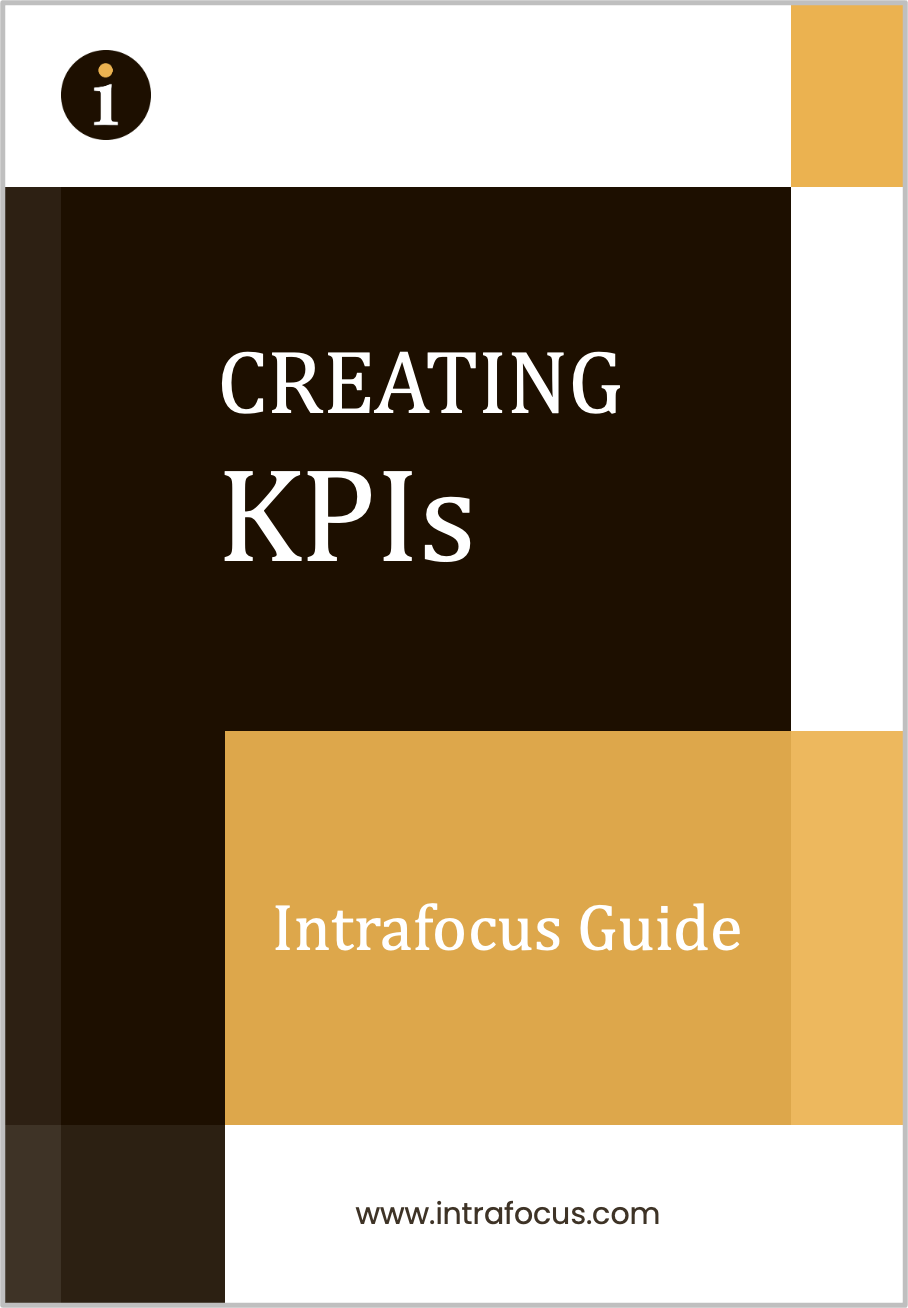If you tried really hard, it would be difficult to come up with a less imaginative title for something as formidable as the ‘Internet of Things’. The internet changed our world, but a much bigger change is just over the horizon. Where we are at ease with computers, tablets and smartphones connecting us to the internet, we have now entered a world where everything is connected to the internet.
The Internet of Things refers to any device that is connected to the internet. This ranges from the known; computers, smart phones, smart watches to the obvious; cars, aeroplanes, and trains, to the less obvious; washing machines, fridges, and front doors, to the downright absurd; coffee makers, shoes and cows (yes cows, or more precisely a sensor attached to its ear). Wherever you can collect information or control and activity, the Internet of Things can be involved.
This is not new. As early as 1982 the concept of a network of smart devices was discussed and a proof point was provided through a ‘smart’ Coca-Cola dispensing machine at Carnegie Mellon University, Pennsylvania, USA. The machine was connected to the internet and could send notifications about inventory and the temperature of the stock. The fundamentals have not changed, a device is connected to the internet and it can be interrogated or send notifications.
So what is different? Many more things are connected.
The statistics are frightening. According to Gartner there are 4.9 billion things connected to the internet. Cisco predicts that by 2020 there will be 50 billion things connected to the internet (there are some great Cisco articles here). The commercial world is taking this very seriously. Google recently spent $3.2 Billion on a ‘smart’ thermostat and smoke alarm company called Nest Labs. The devices learn about users’ habits over time and then act accordingly. It is unclear what Google will do with this information but undoubtedly, it will be used in some sort of personal profiling exercise.
The impact of this to business is twofold; first the need to explore opportunities where connected devices could be used to drive efficiencies in processes and therefore reduce costs. Where ever there is an opportunity to collect information automatically, this should be possible. Second the need to collect performance data and apply it to a strategic plan or process, in other words, to enable the management of the strategic plan.
The Internet of Things might seem like a silly title, but it should not be ignored or underestimated.


